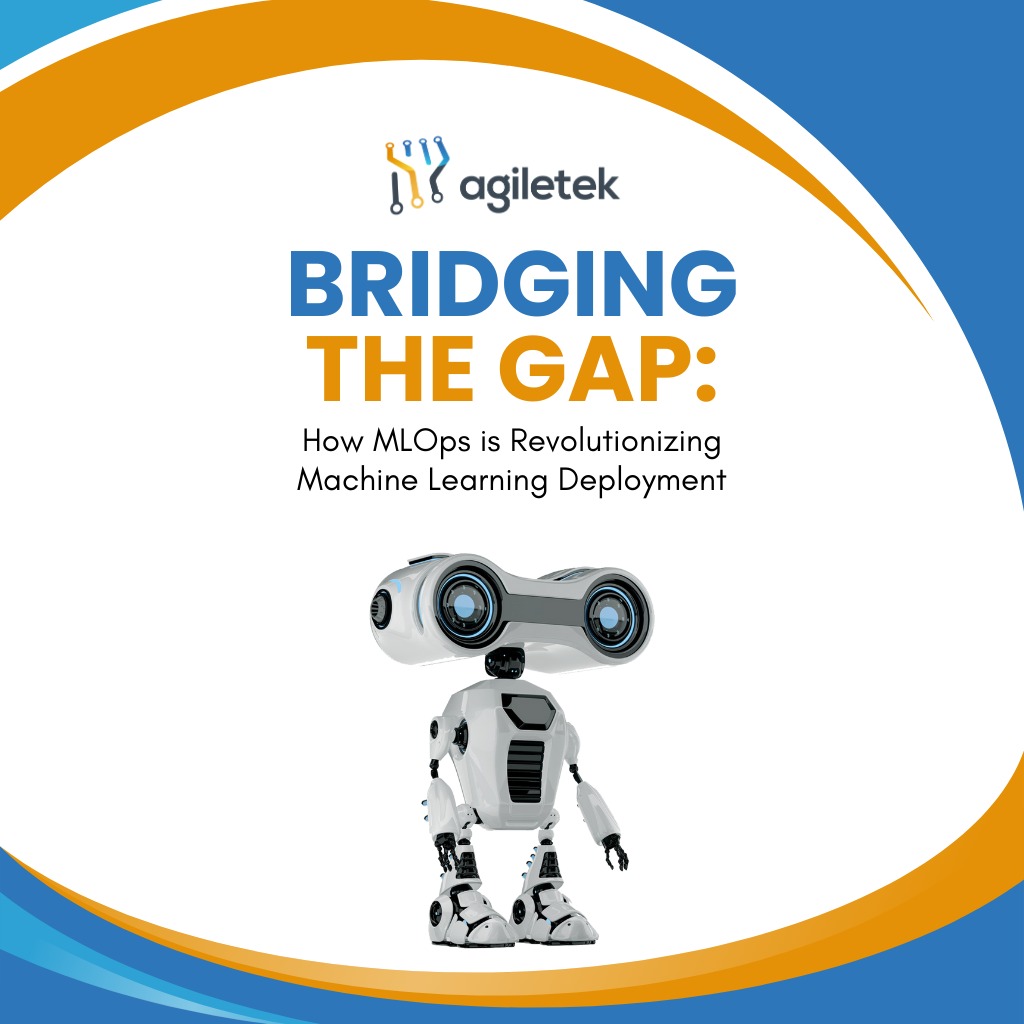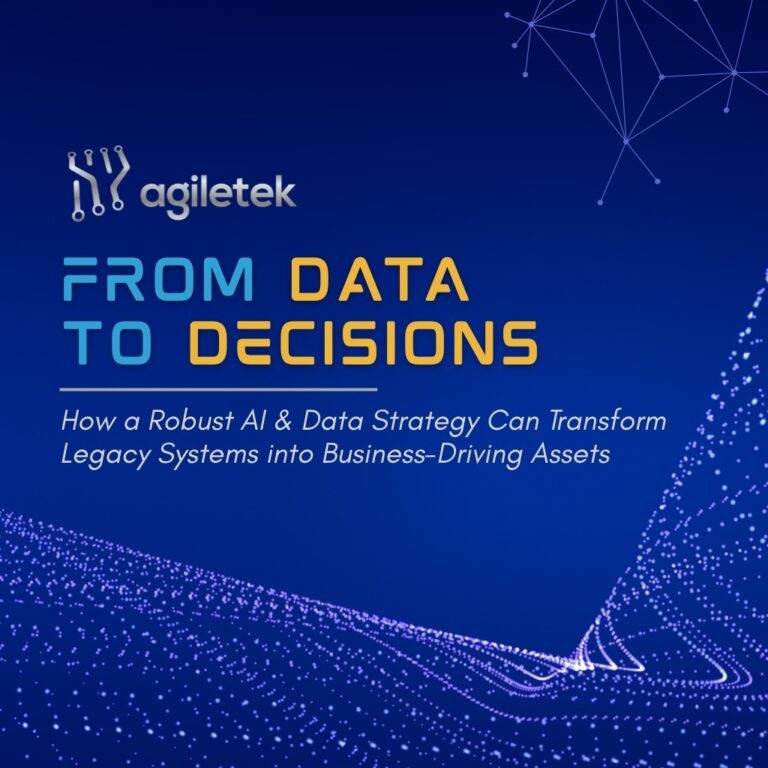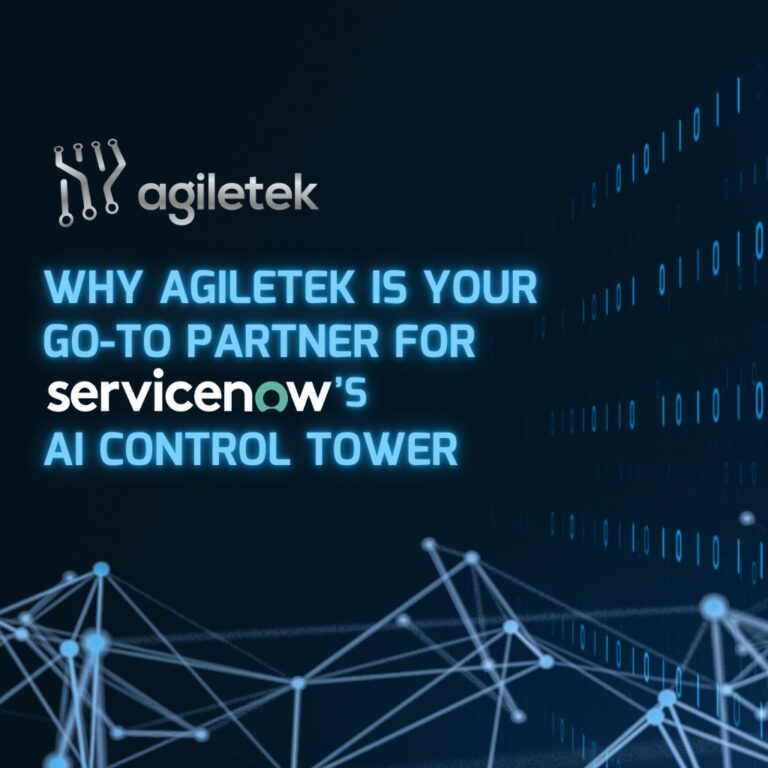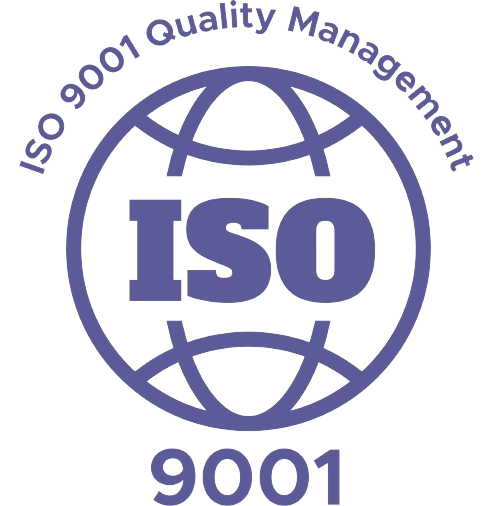Machine Learning (ML) has transformed from an experimental technology to a vital corporate tool, powering everything from personalized recommendations to fraud detection and predictive analysis. However, regardless of its increasing popularity businesses still face difficulty in implementing and managing ML models in their production systems.
Traditional software development lifecycles were not designed to accommodate the unique challenges of ML, such as continuous model updates, data drift, and large-scale experimentation. As a result, companies often face inefficiencies, inconsistencies, and bottlenecks when moving from model development to deployment.
This is where MLOps (Machine Learning Operations) steps in. It is a discipline that brings together machine learning, DevOps, and data engineering to streamline the deployment, monitoring, and lifecycle management of ML models. In this article, we explore how MLOps is revolutionizing machine learning deployment, the key challenges it addresses, and best practices for organizations looking to operationalize AI effectively.
The Challenges of ML Deployment
Through a systematic method of managing ML lifecycle, MLOps allows companies to automate their machine learning workflows while monitoring and scaling operations effectively. Here’s how MLOps addresses key challenges:
1. Automating ML Workflows & Pipelines
MLOps applies automation across all stages of machine learning development including data ingestion and preprocessing through to model training, validation and deployment and monitoring. Kubeflow with MLflow, TensorFlow Extended (TFX), and Amazon SageMaker deliver streamlined business processes that reduce manual labor while speeding up market delivery times.
2. Lack of Reproducibility & Version Control
One of the core difficulties in ML deployment is having models reproduced in different environments. Data scientists usually develop in separate development environments with different data sources, parameters, and libraries. Unless there is a uniform process for versioning models and datasets, teams are unable to reproduce results during training, resulting in inconsistent deployment and debugging problems.
3. Inefficient Collaboration Between Teams
Machine learning development involves multiple stakeholders such as data scientists, ML engineers, software developers, and IT operations teams. Each stakeholder has different priorities. Data scientists focus on improving model accuracy, while IT teams prioritize stability, security, and scalability. This misalignment often results in deployment delays, misconfigurations, and inefficient workflows.
4. Scalability & Resource Management
Training, deploying, and maintaining ML models require significant computing resources. As businesses scale their ML initiatives, they need to manage infrastructure efficiently, optimize computational costs, and ensure high availability. Without proper orchestration, organizations may face bottlenecks in model training and inference, leading to performance degradation.
5. Security & Compliance Challenges
In industries like finance and healthcare, ML models must comply with strict regulatory requirements related to data privacy, fairness, and explainability. Ensuring that ML pipelines adhere to GDPR, HIPAA, and other compliance standards adds another layer of complexity to deployment.
How MLOps Solves These Challenges
MLOps introduces a structured approach to managing the ML lifecycle, enabling businesses to automate, monitor, and scale their machine learning workflows efficiently. Here’s how MLOps addresses key challenges:
1. Automating ML Workflows & Pipelines
MLOps integrates automation into the entire ML lifecycle – from data ingestion and preprocessing to model training, validation, deployment, and monitoring. Tools like Kubeflow, MLflow, TensorFlow Extended (TFX), and Amazon SageMaker help streamline these processes, reducing manual effort and accelerating time-to-market.
2. Continuous Integration & Continuous Deployment (CI/CD)for ML
Applying the principles of CI/CD to ML models guarantees that the deployment happens in a seamless and steady manner. There is an automated testing framework for validating the new versions of the model before going live which reduces failure during deployment. Infrastructure as Code(IaC) tools such as Terraform and Kubernetes help integrate ML with DevOps pipelines seamlessly.
3. Model Monitoring & Performance Tracking
MLOps enables monitoring the models in real time to detect performance degradation, data drift, and concept drift. Companies can establish automated retraining workflows which will trigger when the models deviate from expected performance thresholds to ensure continued accuracy and reliability.
4. Scalability Using Cloud and Containerization
Cloud-based MLOps solutions use containerization (Docker, Kubernetes) to make ML models scalable and portable across different environments whereas resource allocation can be optimized by the companies reducing the compute costs maintained at high availability.
5. Governance, Security and Compliance
MLOps frameworks will incorporate robust governance controls to ensure compliance with the regulations governing ML models. This will include explainability, bias detection and model auditing which shall enable enterprises to sustain Ethical AI and hence reduce risks related to biased or non-transparent models.
Best Practices for Implementing MLOps
Firms that wish to deploy ML successfully can consider some of the best practices mentioned below. Tools like MLflow, TFX, or Kubeflow Pipelines enable firms to standardize the machine learning pipelines. They also extend the CI/CD to ML models to allow automated deployments, testing, and rollback capabilities. They can use continuous model monitoring to detect biases, drift, and performance issues. Also, cloud-native machine learning infrastructure can deliver better scalability, reliability, and cost-effectiveness. Effective MLOps deployment can be achieved by collaboration between data scientists, engineers, and IT groups through the development of clear processes and shared tools. Lastly, firms need to add explainability and auditability features to ML pipelines to ensure compliance with regulatory standards.
The Future of MLOps
As AI adoption expands, MLOps will always be a vitally important element of enterprise ML strategies. Through the adoption of MLOps, organizations will have a distinguishing advantage, including faster time-to-market, increased production of reliable models, as well as optimizing costs. Latest trends in MLOps include AI-Augmented MLOps, Edge MLOps, and decentralized and federated learning. Augmentation of MLOps with AI means using AI techniques to enhance ML pipelines, optimize hyperparameter tuning, and boost model explainability. Edge MLOps deploys ML models where the data is to be processed, at an IoT device, or edge computing platform, in real time for inference. Moreover, decentralized and federated learning enables privacy-preserving AI models that train across multiple devices without sharing sensitive data.
How Agiletek Can Help
At Agiletek, we specialize in AI, cloud computing, and MLOps solutions to help businesses navigate the complexities of ML deployment. Whether you’re just starting with ML or looking to optimize your existing workflows, our experts can guide you in building scalable, automated, and efficient ML pipelines.
Are you ready to take your ML models from development to production with confidence? Contact Agiletek today to learn how MLOps can transform your business.
